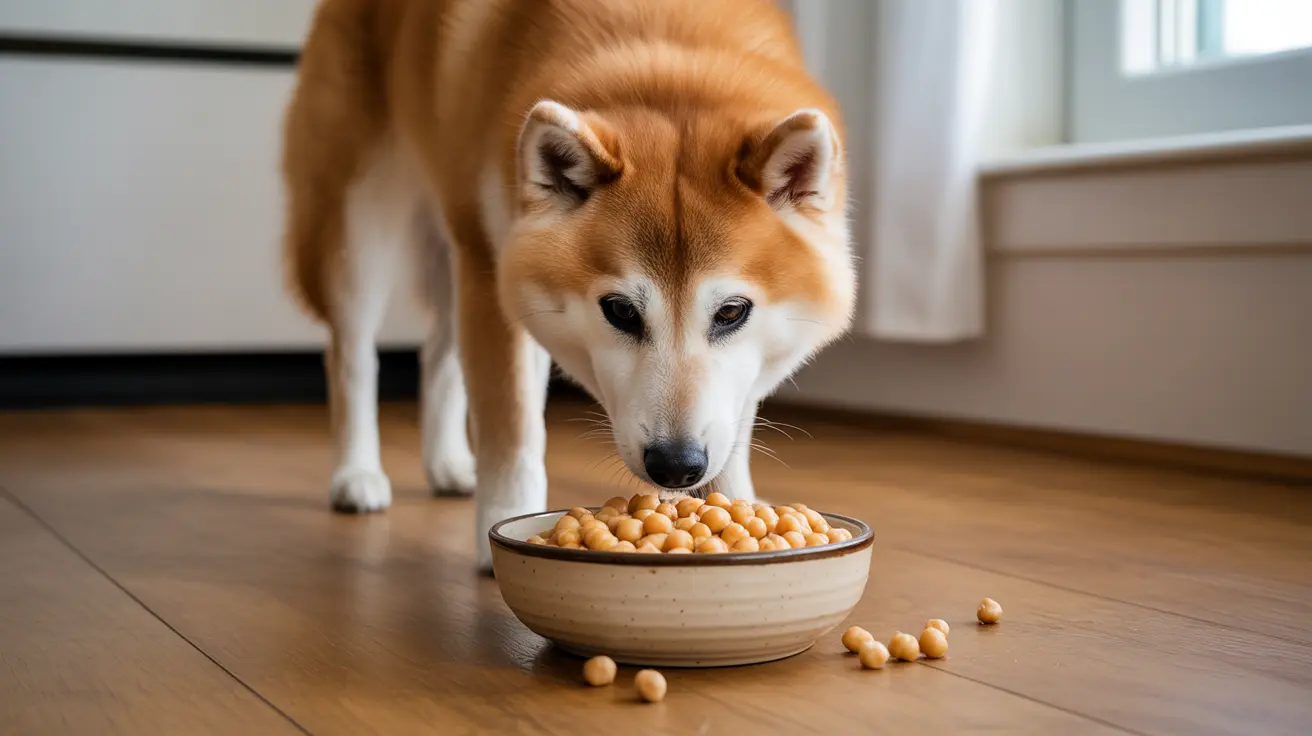As pet owners increasingly seek nutritious additions to their dogs' diets, chickpeas (also known as garbanzo beans) have gained popularity for their impressive nutritional profile. But before you share these protein-packed legumes with your furry friend, it's essential to understand the proper ways to serve them and potential considerations for your dog's health.
In this comprehensive guide, we'll explore everything you need to know about feeding chickpeas to your dog, including preparation methods, health benefits, and important safety precautions.
Safe Preparation of Chickpeas for Dogs
When it comes to feeding chickpeas to your dog, proper preparation is crucial for their safety and digestibility. Always ensure chickpeas are thoroughly cooked and plain - without any seasonings, oils, or additives that could harm your pet.
Key preparation guidelines include:
- Cook dried chickpeas until completely soft
- Avoid all seasonings, including salt and spices
- Skip oils and butter in preparation
- Never serve raw or dried chickpeas
Health Benefits of Chickpeas for Dogs
Chickpeas offer several nutritional advantages when incorporated properly into your dog's diet:
Protein and Fiber Content
These legumes are rich in plant-based protein, supporting muscle maintenance and growth. They also contain beneficial fiber that aids digestion and can help maintain healthy weight.
Essential Nutrients
Chickpeas provide important vitamins and minerals including:
- Folate for cell growth
- Iron for healthy blood
- Potassium for nerve function
- Magnesium for bone health
Potential Risks and Considerations
While chickpeas are generally safe for dogs, there are several important considerations:
Digestive Issues
Some dogs may experience gas, bloating, or digestive upset when first introducing chickpeas. Start with small amounts and monitor your pet's reaction.
Sodium Content
If using canned chickpeas, ensure they're low-sodium or no-salt-added varieties, and rinse thoroughly before serving. Excess sodium can be harmful to dogs.
Serving Guidelines and Portions
Chickpeas should be offered as an occasional treat or supplement, not as a primary food source. Follow these guidelines:
- Start with 1-2 chickpeas to test tolerance
- Limit to no more than 10% of daily food intake
- Monitor for any adverse reactions
- Always serve plain and fully cooked
Frequently Asked Questions
How do I safely prepare chickpeas for my dog to eat?
Cook chickpeas thoroughly until soft, avoiding any seasonings, oils, or additives. If using canned chickpeas, choose those packed in water only and rinse well before serving.
Are canned chickpeas safe for dogs, and how should they be prepared?
Yes, canned chickpeas are safe if they're low-sodium or unsalted, packed in water, and thoroughly rinsed before serving. Avoid varieties with added preservatives or seasonings.
What are the potential health benefits of feeding chickpeas to my dog?
Chickpeas provide protein, fiber, vitamins, and minerals that support muscle health, digestion, and overall wellness. They're particularly beneficial for dogs needing additional protein or fiber in their diet.
Can I use chickpeas as a substitute for regular dog food, or should they be just a supplement?
Chickpeas should only be used as a supplement or occasional treat, not as a replacement for regular dog food. They should make up no more than 10% of your dog's daily food intake.
How can I tell if my dog is allergic to chickpeas, and what should I do if they react?
Watch for signs like itching, swelling, vomiting, or diarrhea after feeding chickpeas. If you notice any adverse reactions, discontinue feeding chickpeas immediately and consult your veterinarian.
Conclusion
When prepared properly and served in moderation, chickpeas can be a healthy addition to your dog's diet. Always introduce new foods gradually, monitor your pet's response, and consult with your veterinarian if you have specific concerns about incorporating chickpeas into your dog's nutrition plan.






